It’s been 16 months since the global pandemic began, and I started thinking about increments of time. Sixteen months since the Canada/US land border closed, separating us from our family in Vermont. Sixteen months since I started thinking about growing food and plants in the top floor apartment I share with my two teen daughters in Montreal. Now, a year has passed since my first blog about the urban garden space we created on our little southeast-facing urban balcony to help pass the time.
The Garden’s Evolution
I had a vision of what I wanted to do when I launched this project last year, a vision, but no clear plan. All I knew is that I wanted to grow our food for nutritional and ethical reasons and as a teaching tool for my daughters.
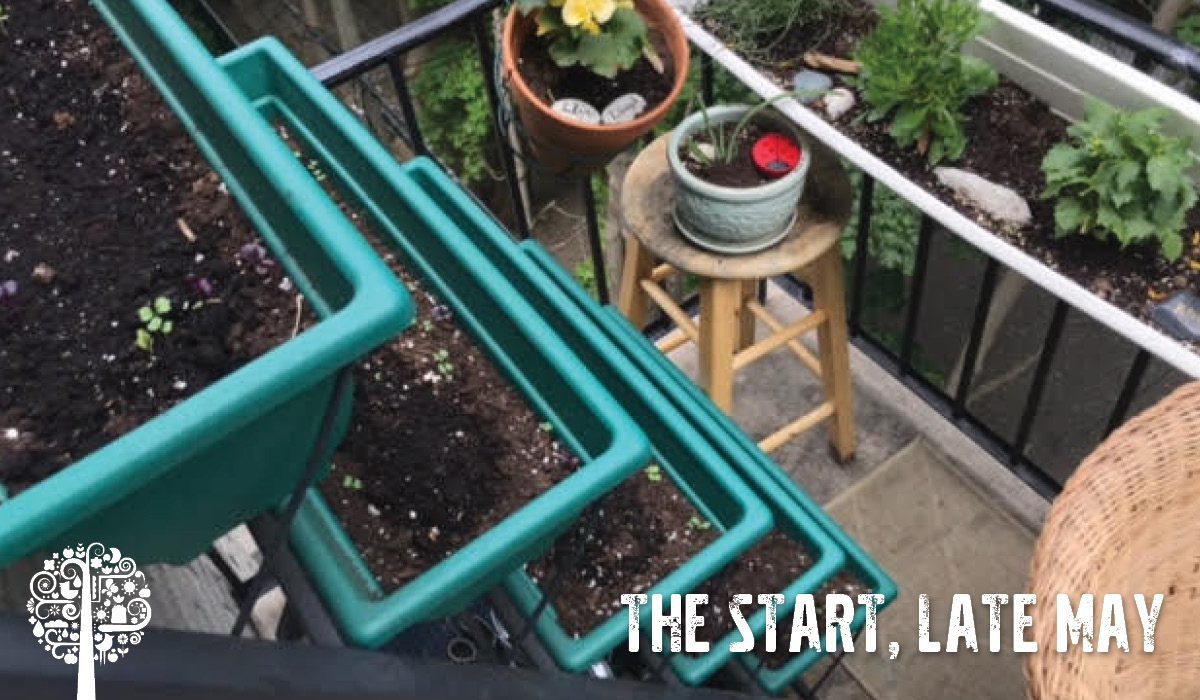
I followed instinct based on things that I’d picked up from my mom and my grandma, both master gardeners in their own right, and things I learned from reading and working with Garden Culture Magazine. And I learned visually, admiring the many beautiful urban garden spaces of my neighbors.
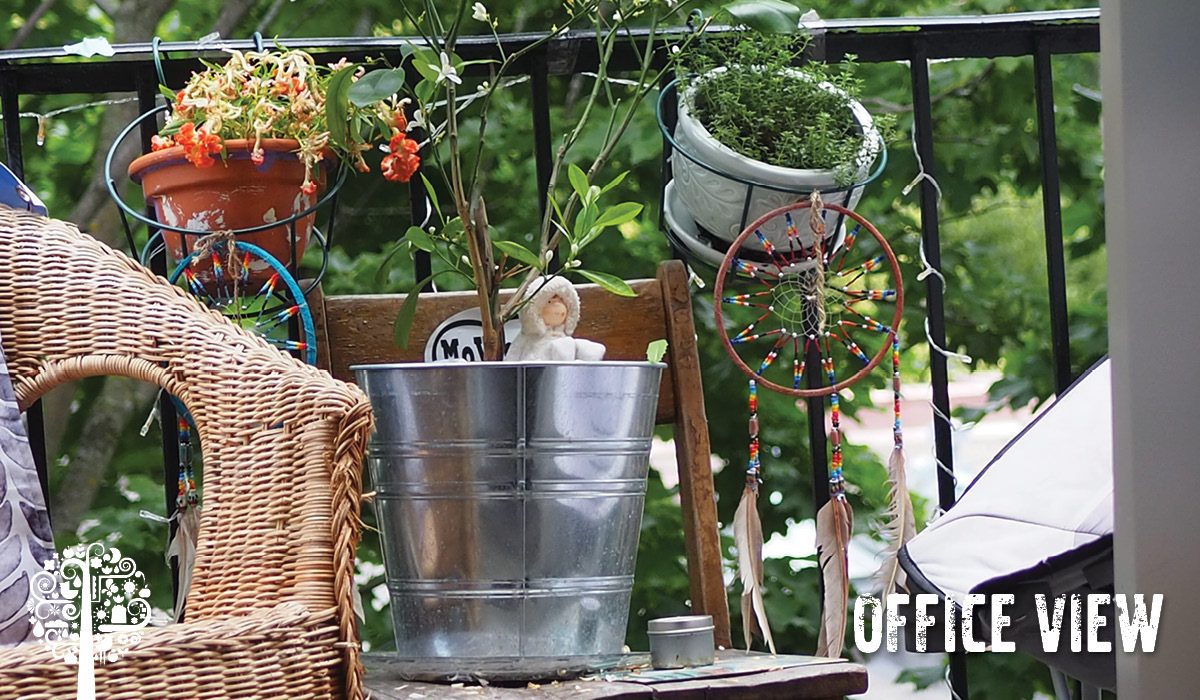
In late May, I brought the drip planter from the kitchen, where we grew sprouts all winter, back to the balcony. We put in new gravel, new soil and fertilizer, and my daughter Dylan planted a chive plant with some basil, coriander, Italian parsley, and arugula seeds.
This year, we chose to go simple. Maximum yield, maximum taste and health, and minimum effort! Last year, I attempted to grow tomatoes, beans, and peas, but it didn’t work so well; greens and herbs did. So we eliminated the veggies and planted more greens.

One of the best things about growing herbs and microgreens is that you can eat the plant at all stages of growth. Within days, you have fresh greens to add to your dinner plate! My girls and I often nibble away at what’s growing in the planter when we’re hanging out on the balcony. And, microgreens carry more nutritional value than fully-grown plants.
Bolting
The biggest risk with starting cool-season crops too early is that short days and cool temperatures can make them “think” they have been through winter — a process called vernalization, which triggers the flowering hormones in various plants.
Instead of a bumper crop of fresh greens, we ended up with tiny white and yellow flowers on our Arugula and Italian parsley; the cilantro and basil seeds we planted fared much better.
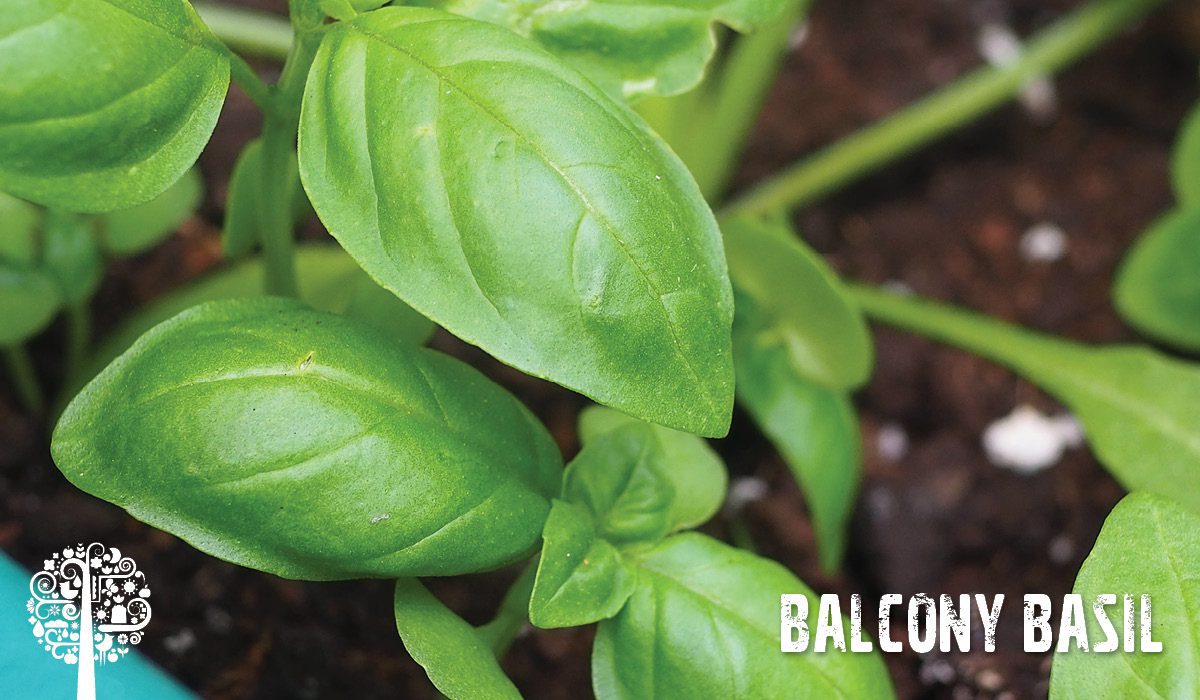
No harm, no foul. The bolting happened early enough in the summer to replant or leave space for the basil and cilantro to flourish. Some edible flowers make a deliciously peppery and pretty topping on salads. We’ve also added some lemon thyme and a banana pepper plant to the balcony mix.
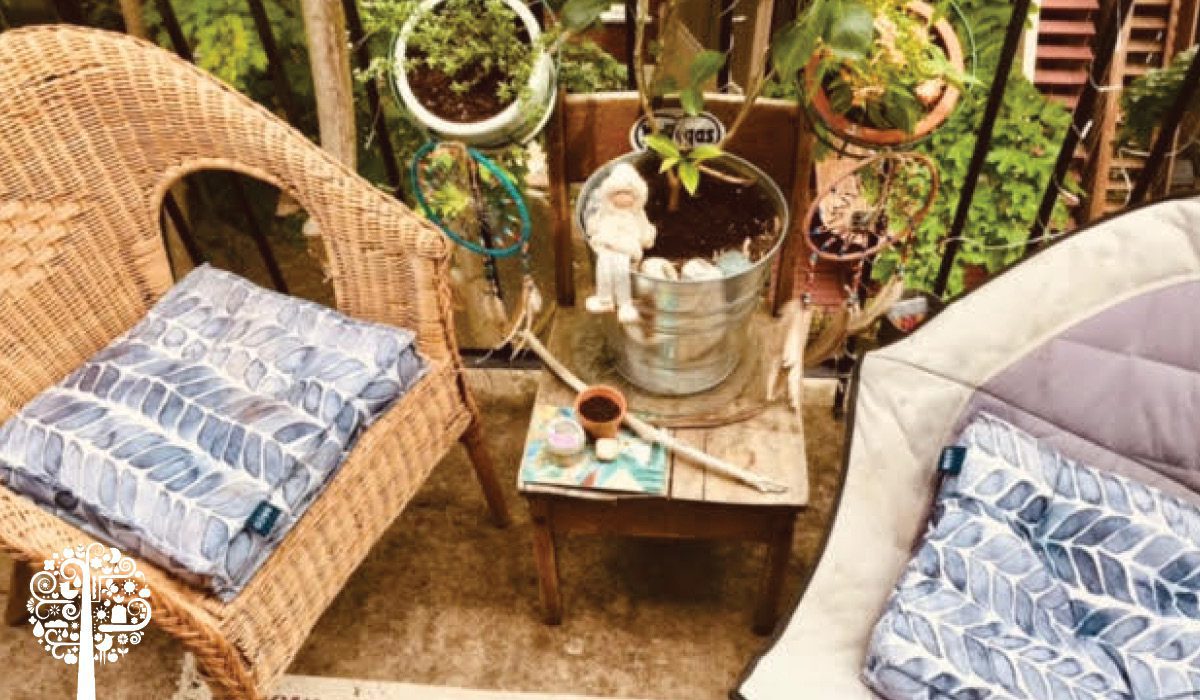
Flowers
Pollinators love yellow and purple flowers, so that’s our color scheme on the balcony oasis.
Corkscrew Rush
An interesting-looking ornamental that looks like a witch’s fingers, this perennial enjoys full sun, moist soil and is relatively low-maintenance.
Twisted Orange Cockscomb
This pretty perennial is drought and heat tolerant, does not require dead-heading, and thrives beside the miniature citrus tree in my daughters’ bedroom.
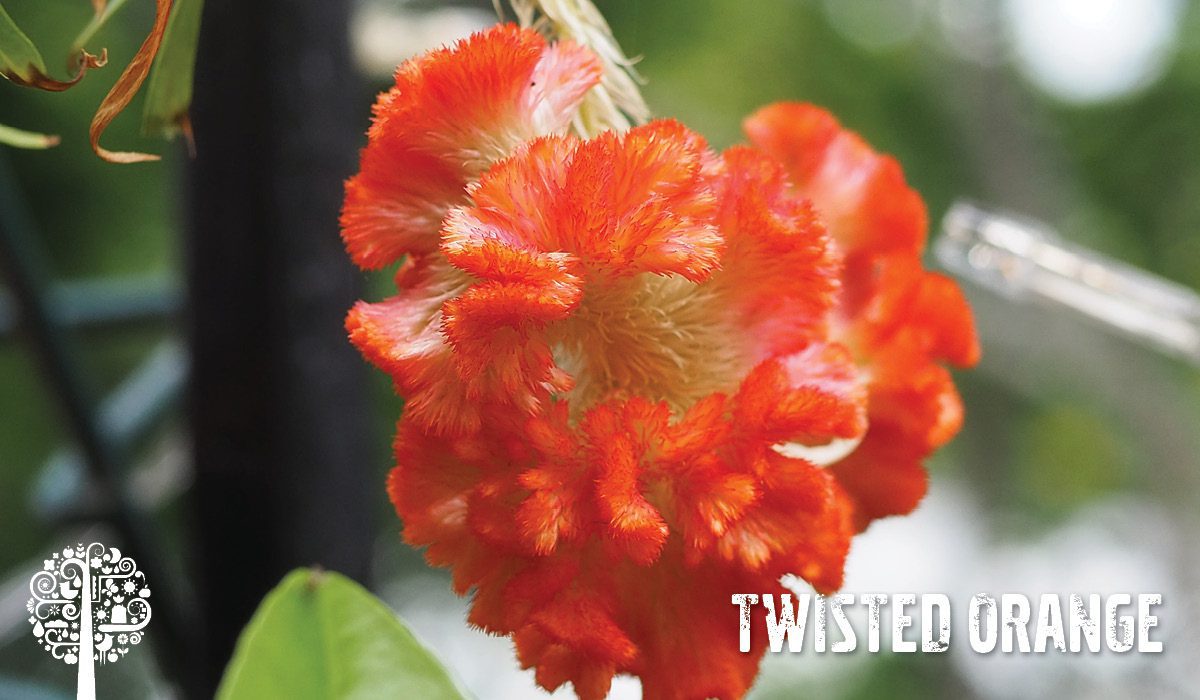
Yellow Begonia
Begonias thrive in containers; this little plant has produced beautiful flowers all summer.
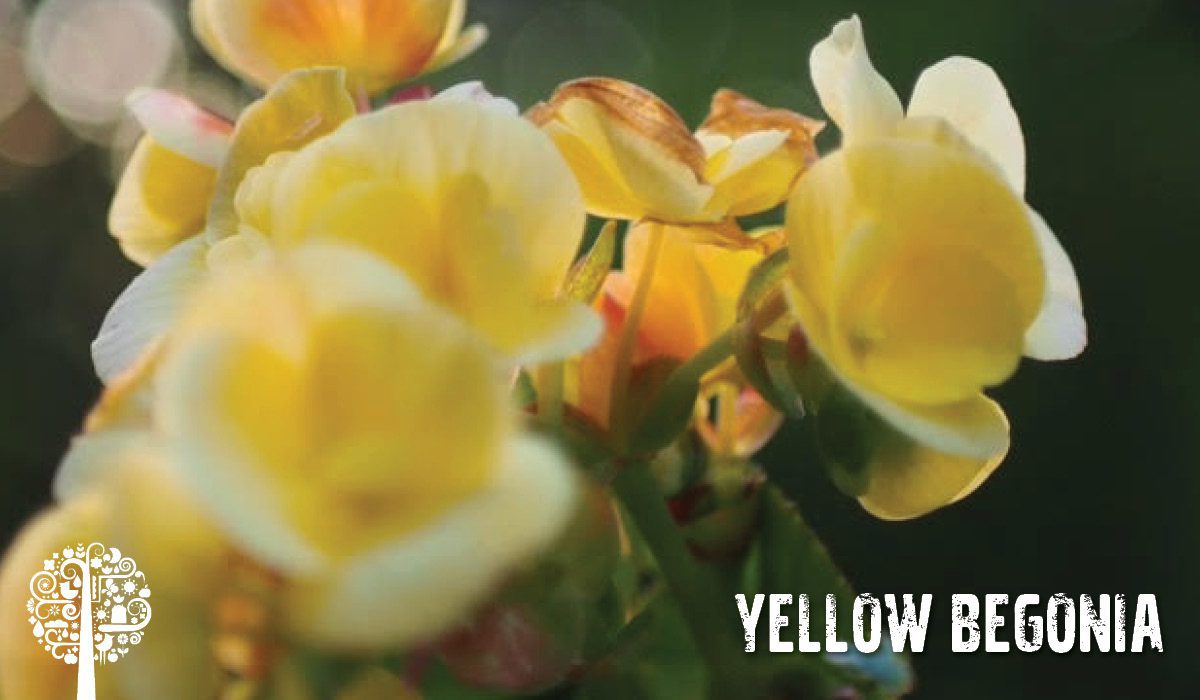
Yellow Chrysanthemum
This bright yellow perennial is a ray of sunshine in a planter.
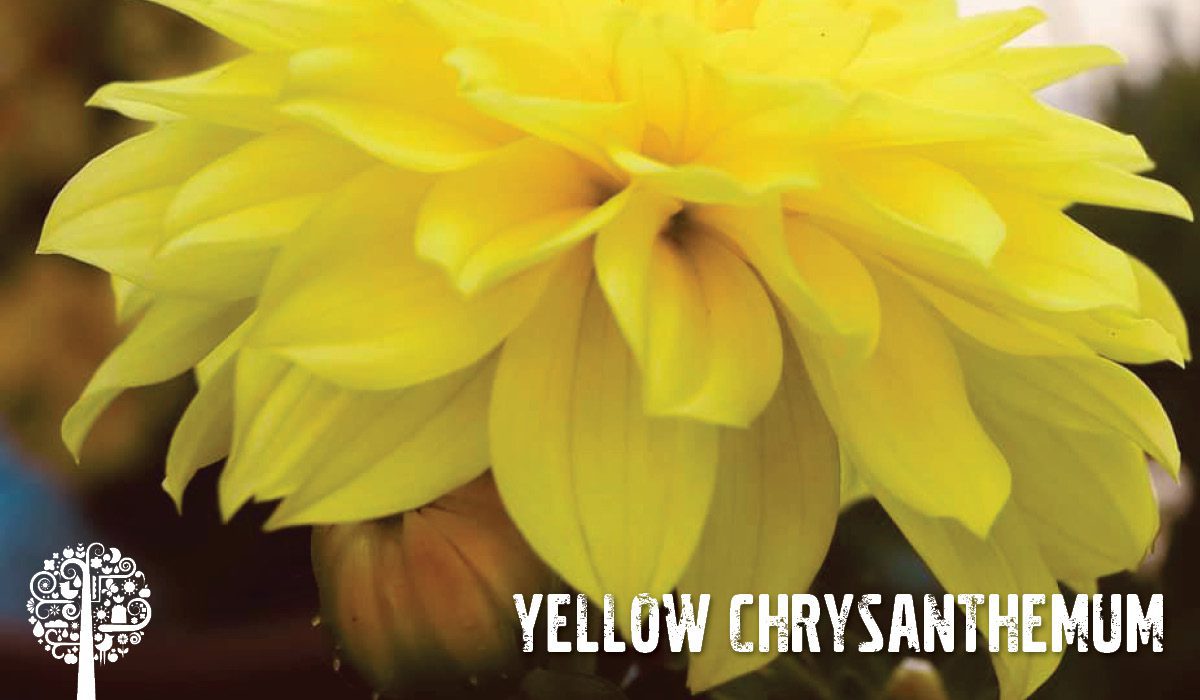
Soprano Purple Daisy
This evergreen and tender perennial is my favorite addition to the garden this year. It has produced lavender-purple flowers with sapphire centers.
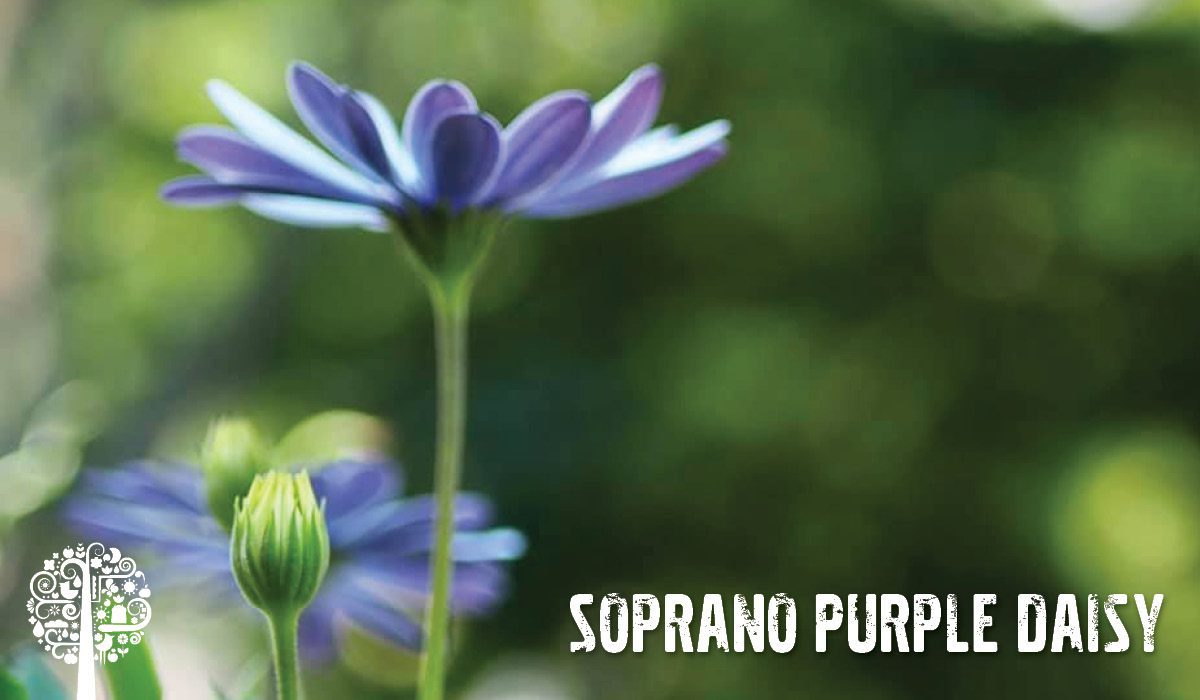
Increments of Time
Yes, this is a blog about gardening. It’s also about increments of time, living in the moment, learning from the past, and looking towards a better future. Urban gardening has inspired us over the last 16 months. Perhaps by my next post, I’ll be writing from the other side of an open land border, reunited with loved ones in the beautiful green state of Vermont, USA.
Lovely article~ Shows that with a little garden up in the sky can bring joy and happiness. Kudos to you and your girls.
Thank you, Joan! We love our little garden oasis in the trees xo